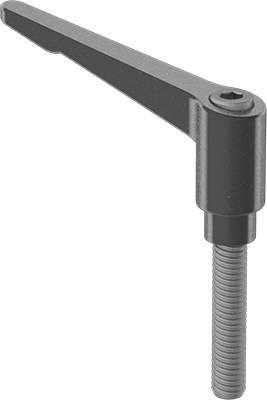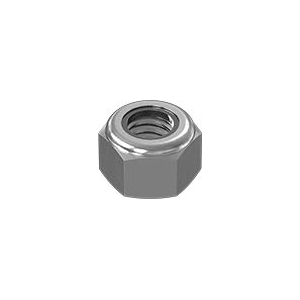
That was something I asked my family members about - if they remembered that. She was really struggling to get some money from the government to build a house of her own, and she kind of failed to receive any money in the end. It starts with her talking a teeny bit about her life and the kids she had. As I was saying earlier, it was written by my great-grandmother, and in that one, I got more of a sense of her voice. So with that, I definitely wanted to hear more from my great aunt and uncle, and see if they could add more to the very short sentences she had jotted down every day for a year.Īnd also, there was the letter. So, it wasn't like a journal where she was talking about her deepest thoughts and feelings, it was just things that they were doing on the farm - notes about daily life and the weather. The little diary that was my great-grandmother's, it was recounting everyday life on the reserve. What did you want to know? Were there stories or details from the diary you wanted to learn more about? And I was really interested in interviewing my great aunts and uncles who are still alive, who would have memories of them.

That got my creative juices going in terms of looking at these different belongings. Those were my initial feelings, and then after, it did kind of cross my mind: could there ever be a time when I'm looking at this in my work? Video How Meryl McMaster takes the vast Canadian landscape and makes it very personal It's just like this urge to connect and to learn what life was like from their perspective. There's such a nostalgic feeling to looking at old black and white photographs, and there's this draw I had when looking at them - looking at the details to see if I recognize myself in these women and family members, some that I knew growing up and then others that I never had the chance to meet. She was in her mid-to-late seventies when she wrote it. One was a diary that my great-grandmother Bella Wuttunee wrote in the mid-1940s, and there was also a letter that she had written in the 1970s - this four-page letter about her life. And there were a couple objects in particular that I was really interested in.

There were photographs I'd never seen before of my grandmother and her family. He shared them with me he thought I would be interested. Meryl McMaster: In a period of about five years, my grandma - my dad's mom - and my two uncles - his brothers - passed away, and so my dad came into possession of some photographs and documents and things from I guess the mid-19th century until the 1970s. (Meryl McMaster)ĬBC Arts: You mentioned you've been working on the new body of work for a couple of years, so how did it all begin? Right up through her most recent series, she often explores ideas around memory, migration and the spaces that exist between time and identities.

They're themes that have continued to persist through McMaster's practice.

The effect created in those photographs suggests transformation, movement - maybe an imagined moment where time stands still or all points in history have converged at once. (Her father, the Governor General's Award-winning artist and curator Gerald McMaster, also served as a model for the series.) Born and raised in Ottawa, the artist's family background is a mix of Plains Cree, Métis, Dutch and British, and for Ancestral, she used her own face as a sort of canvas, transforming her likeness with projected images: photos of animals and depictions of Indigenous men and women from the 19th century. Confluence, which appeared in nine galleries across Canada, opened at the Carleton University Art Gallery in 2016, just six years after McMaster finished her BFA at OCAD University.Īs a student, McMaster began putting herself in front of the camera, and select works from her time at OCAD U appear in Bloodline, the earliest examples drawn from her 2008 series, Ancestral. This current exhibition at the McMichael will later tour the country - beginning with the Remai Modern in Saskatoon (which is the co-organizer of the show). She's in the collections of the National Gallery of Canada, the Art Gallery of Ontario and the Montreal Museum of Fine Arts, among others. (Meryl McMaster)Īt 34, McMaster has already become a notable figure in Canadian art - a 2016 nominee for the Sobey Art Award and winner of honours including the Scotiabank New Generation Photography Award.


 0 kommentar(er)
0 kommentar(er)
